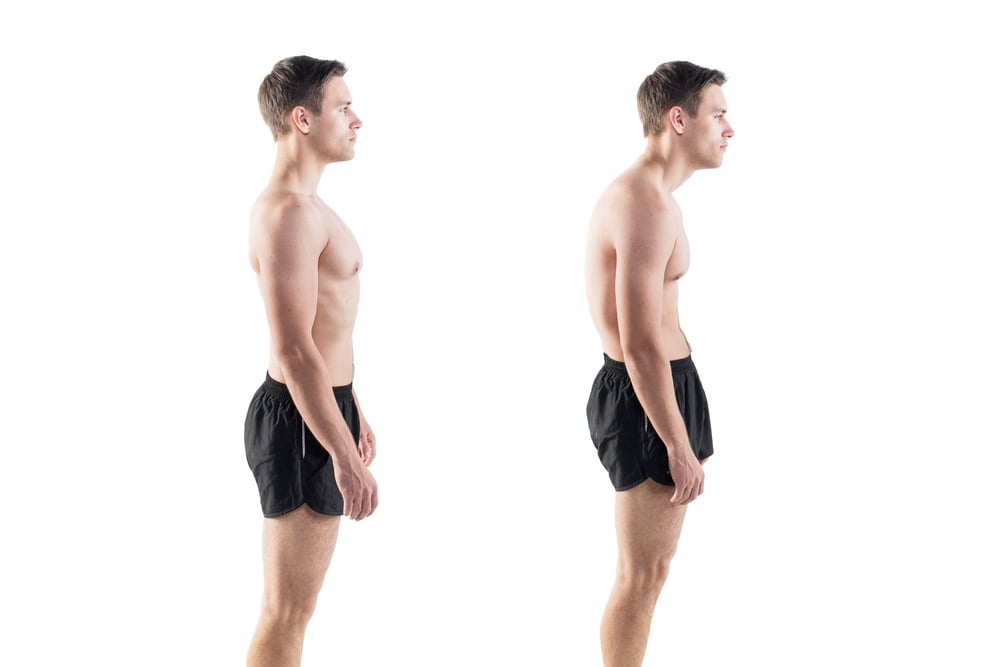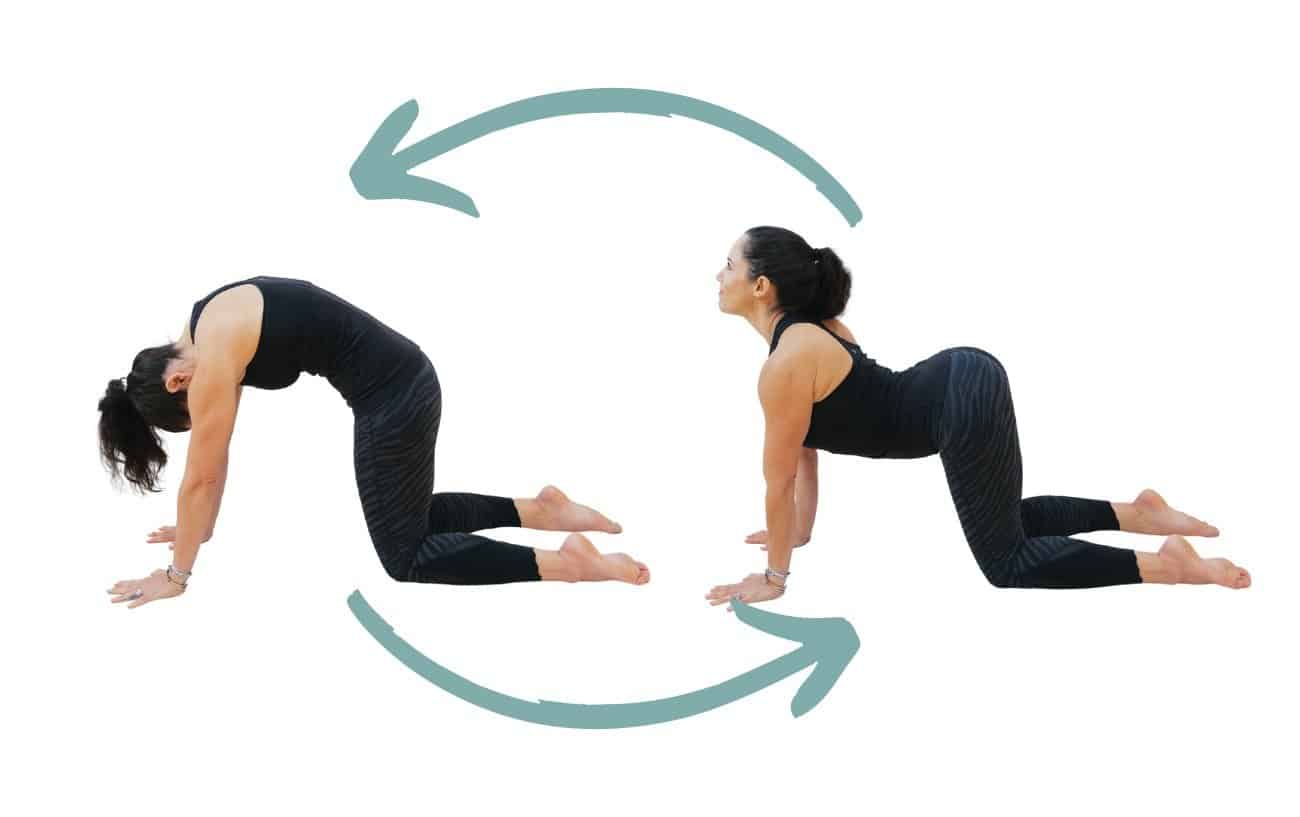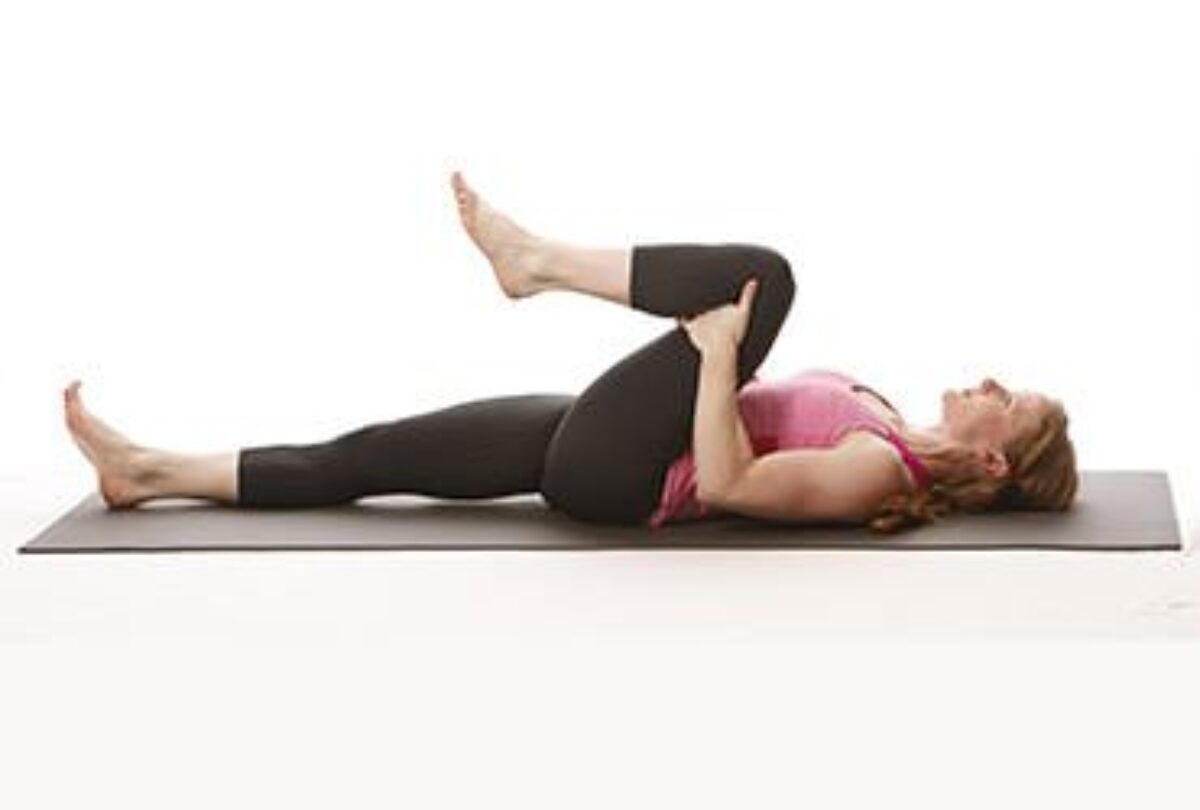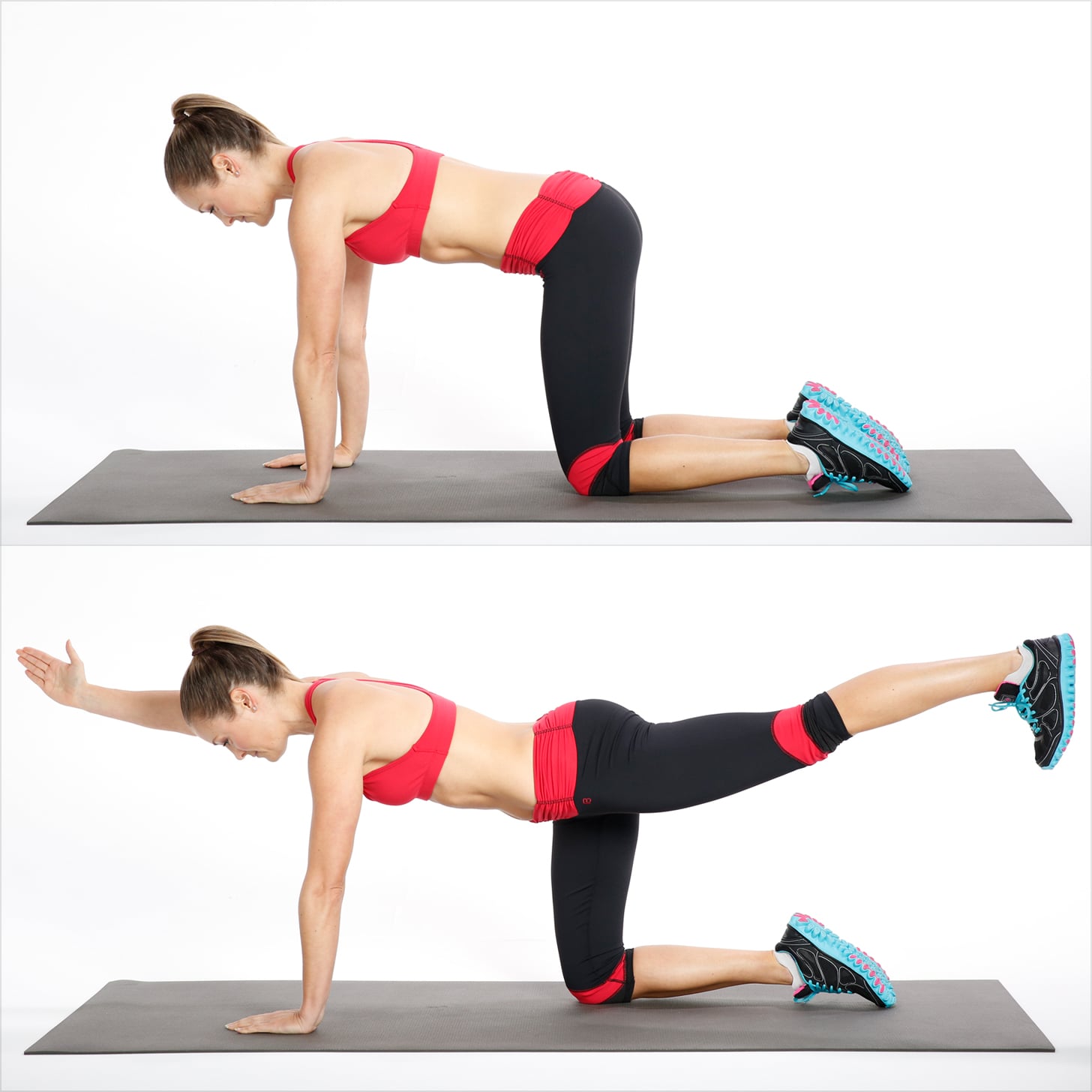Best Exercise For Lower Back Pain
What is Lower Back Pain?
Lower back pain is a common condition characterized by discomfort or pain felt in the lower back area, typically below the ribcage and above the hips. The pain can vary in intensity, from mild to severe, and can be acute (sudden onset) or chronic (long-term).
Lower back pain can have many different causes, including muscle or ligament strain, herniated or bulging discs, spinal stenosis, osteoarthritis, and sciatica. Other factors that can contribute to lower back pain include poor posture, obesity, lack of exercise, and psychological stress.
Symptoms of lower back pain can include stiffness, muscle spasms, and a limited range of motion. In some cases, lower back pain can also be accompanied by numbness, tingling, or weakness in the legs.
Treatment for lower back pain depends on the underlying cause and can range from conservative measures such as rest, ice, and over-the-counter pain relievers, to physical therapy, chiropractic care, or surgery in more severe cases.
Why does low back pain happen?
Low back pain can happen due to various reasons. Some common causes of low back pain are:
1. Poor posture: Sitting or standing in an incorrect posture for long periods of time can put extra pressure on your lower back muscles and spinal discs, leading to pain.
 |
| Muscle Pain |
2. Muscle or ligament strain: Lifting heavy objects, sudden movements, or overuse of muscles can strain or sprain the muscles or ligaments in your lower back.
3. Herniated or bulging discs: The spinal discs in your lower back can become herniated or bulged, which can put pressure on the nerves that run through the spinal column, causing pain.
4. Spinal stenosis: This is a condition where the spinal canal narrows and compresses the nerves, causing pain.
5. Osteoarthritis: This is a degenerative joint disease that can affect the lower back and cause pain.
6. Sciatica: This is a condition where the sciatic nerve, which runs from the lower back down to the Limb.
What is the best Exercise for Low Back Pain?
Here are 10 exercises that can help alleviate low back pain:
- Cat-cow stretch: Get down on your hands and knees and alternate between arching your back up towards the ceiling (cat) and rounding it downwards towards the floor (cow).
- Child's pose: Kneel on the floor with your arms stretched out in front of you and your forehead on the ground. Relax and breathe deeply.
- Pelvic tilts: Lie on your back with your knees bent and your feet on the ground. Tighten your abdominal muscles and tilt your pelvis up towards the ceiling, then down towards the ground.
- Knee-to-chest stretches: Lie on your back with your knees bent and your feet on the ground. Bring one knee up to your chest and hold it there, then switch sides.
- Hamstring stretches: Lie on your back with your knees bent and your feet on the ground. Straighten one leg and lift it up towards the ceiling, then pull it gently towards your chest.
- Hip stretches: Lie on your back with your knees bent and your feet on the ground. Cross one ankle over the opposite knee and gently pull the bottom knee towards your chest.
- Wall angels: Stand with your back against a wall and your arms out to the sides. Slowly raise your arms up overhead, then bring them back down to your sides.
- Bird dog: Get down on your hands and knees and lift one arm and the opposite leg off the ground, then switch sides.
- Bridge: Lie on your back with your knees bent and your feet on the ground. Lift your hips up towards the ceiling, then lower them back down.
- Plank: Get into a push-up position with your arms straight and your toes on the ground. Hold your body in a straight line from your head to your heels.
Remember to always check with your healthcare professional or physical therapist before starting a new exercise program, especially if you have chronic or severe low back pain. They can help you determine the best exercises for your specific condition and ensure that you are performing them correctly to prevent further injury.
Benefits of Low Back Pain Exercises
Low back pain exercises can offer several benefits for individuals who experience chronic or acute low back pain. Here are some of the potential benefits of low back pain exercises:
Reduced pain and discomfort: Specific exercises that target the lower back muscles can help to strengthen and stretch the muscles, leading to reduced pain and discomfort.
Improved flexibility and range of motion: Low back pain exercises can help to improve flexibility and range of motion in the lower back, hips, and legs.
Increased strength and stability: Strengthening exercises can help to increase the strength and stability of the muscles that support the lower back, reducing the risk of further injury.
Improved posture: Certain exercises can help to improve posture by strengthening the muscles that support the spine and promoting proper alignment.
Better overall health: Regular exercise, including low back pain exercises, can help to improve overall health and well-being, including cardiovascular health, weight management, and mental health.
Reduced risk of future injury: By strengthening and stabilizing the muscles of the lower back, individuals can reduce the risk of future injuries and chronic pain.
It is essential to consult with a healthcare provider before starting any exercise program to ensure that the exercises are safe and appropriate for your specific condition.
When not to do exercise in Low Back Pain Exercise ?
Low back pain can be caused by a variety of factors, such as poor posture, weak core muscles, or a herniated disc. Exercise can be an effective way to manage and prevent low back pain, but there are certain situations where it may not be appropriate. Here are some situations in which you may need to avoid exercise for low back pain:
Acute pain: If you are experiencing severe pain in your lower back, it may not be appropriate to exercise. In this case, it is important to rest and allow your body to heal before attempting any exercise.
Recent injury: If you have recently injured your back, you may need to avoid exercise until the injury has healed. Trying to exercise too soon can cause further damage and delay your recovery.
Numbness or tingling: If you are experiencing numbness or tingling in your legs, it may not be appropriate to exercise. This could be a sign of nerve damage, and exercise could exacerbate the condition.
Certain medical conditions: If you have certain medical conditions, such as osteoporosis or spinal stenosis, you may need to avoid certain exercises that could exacerbate your condition. It is important to consult with your doctor or physical therapist to determine which exercises are safe for you.
Poor form: If you are not performing exercises correctly, you could be putting undue stress on your lower back and exacerbating your pain. It is important to learn proper form and technique before attempting any exercises.
In general, if you are experiencing low back pain, it is important to consult with your doctor or physical therapist before beginning any exercise program. They can help you determine which exercises are safe and effective for your specific condition.







:max_bytes(150000):strip_icc()/ChildsPose-5c5d94ce46e0fb00017dd0d9.jpg)


:max_bytes(150000):strip_icc()/hamstring-stretches-lying-band-2000-181bd25f465046ed9e72c8189bea3624.jpg)



:max_bytes(150000):strip_icc()/Verywell-12-3567220-Bridge02-772copy-5c631946c9e77c0001d93219.jpg)


Comments
Post a Comment